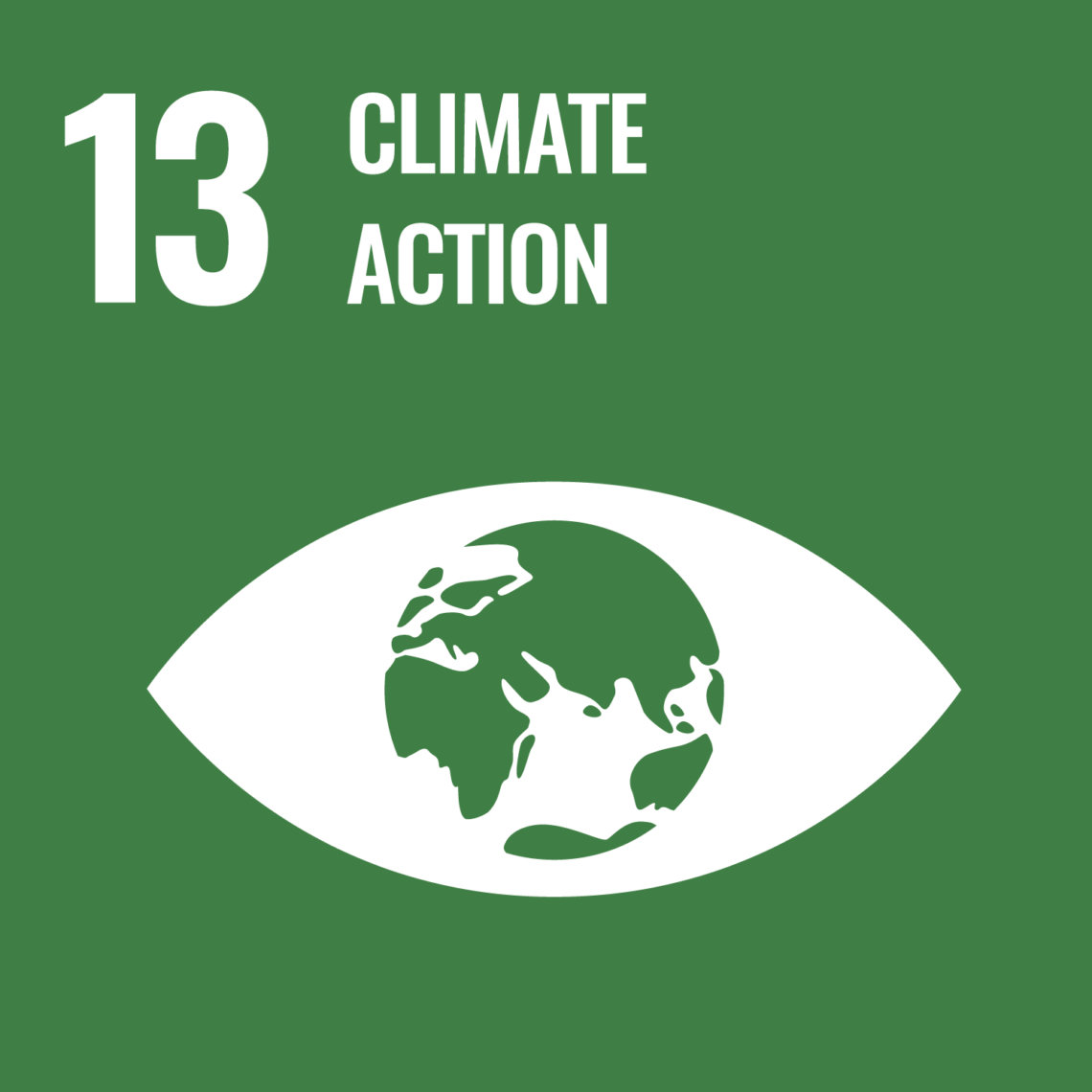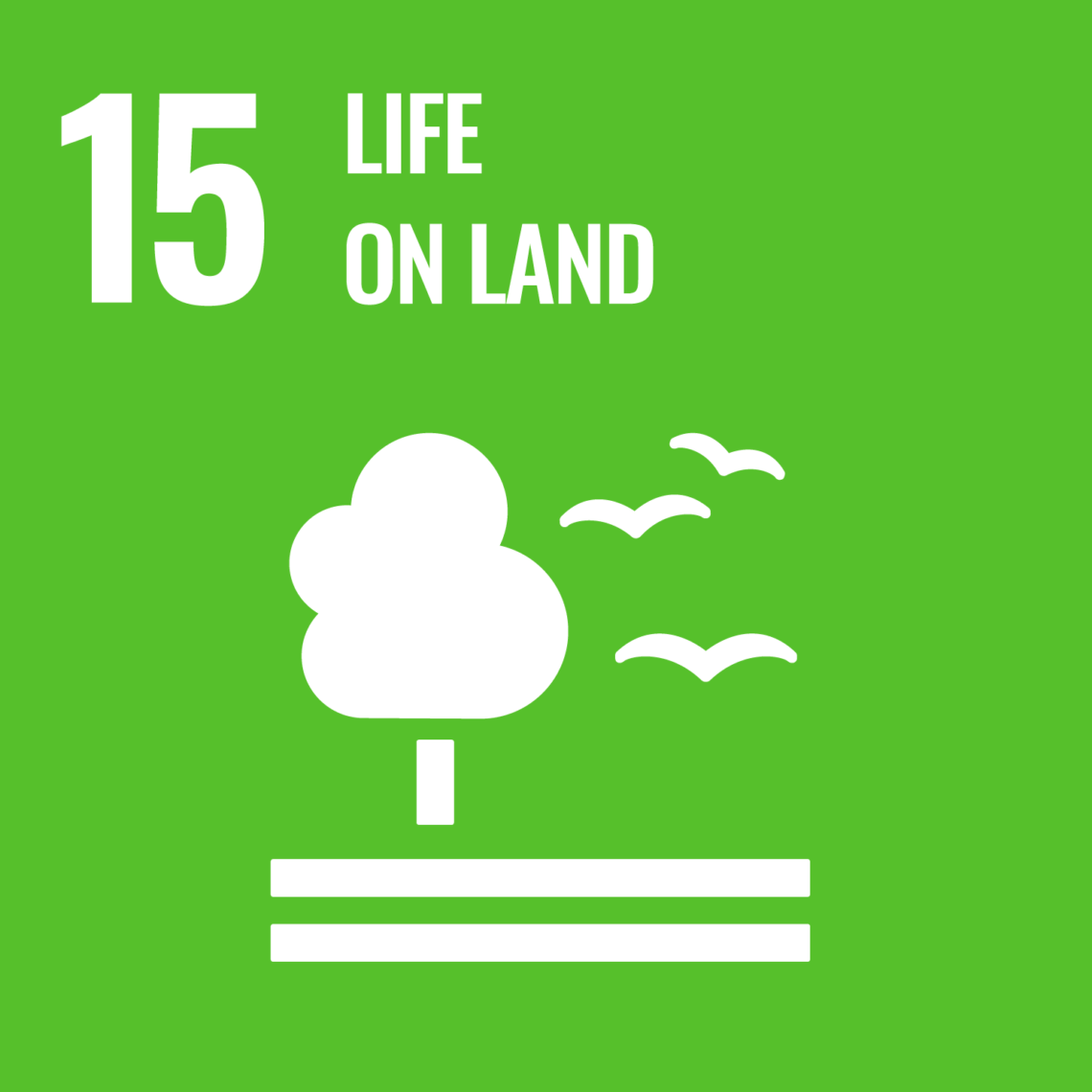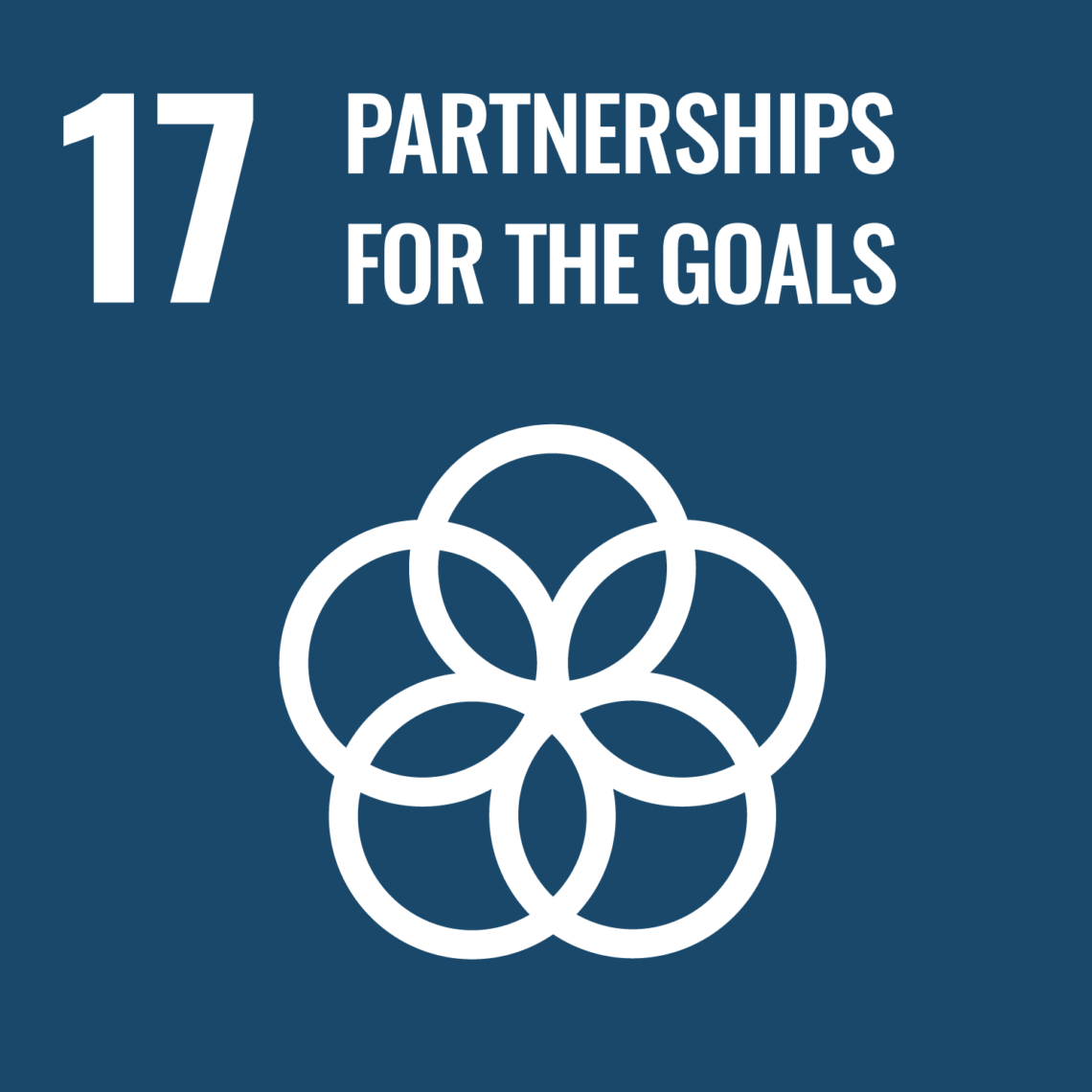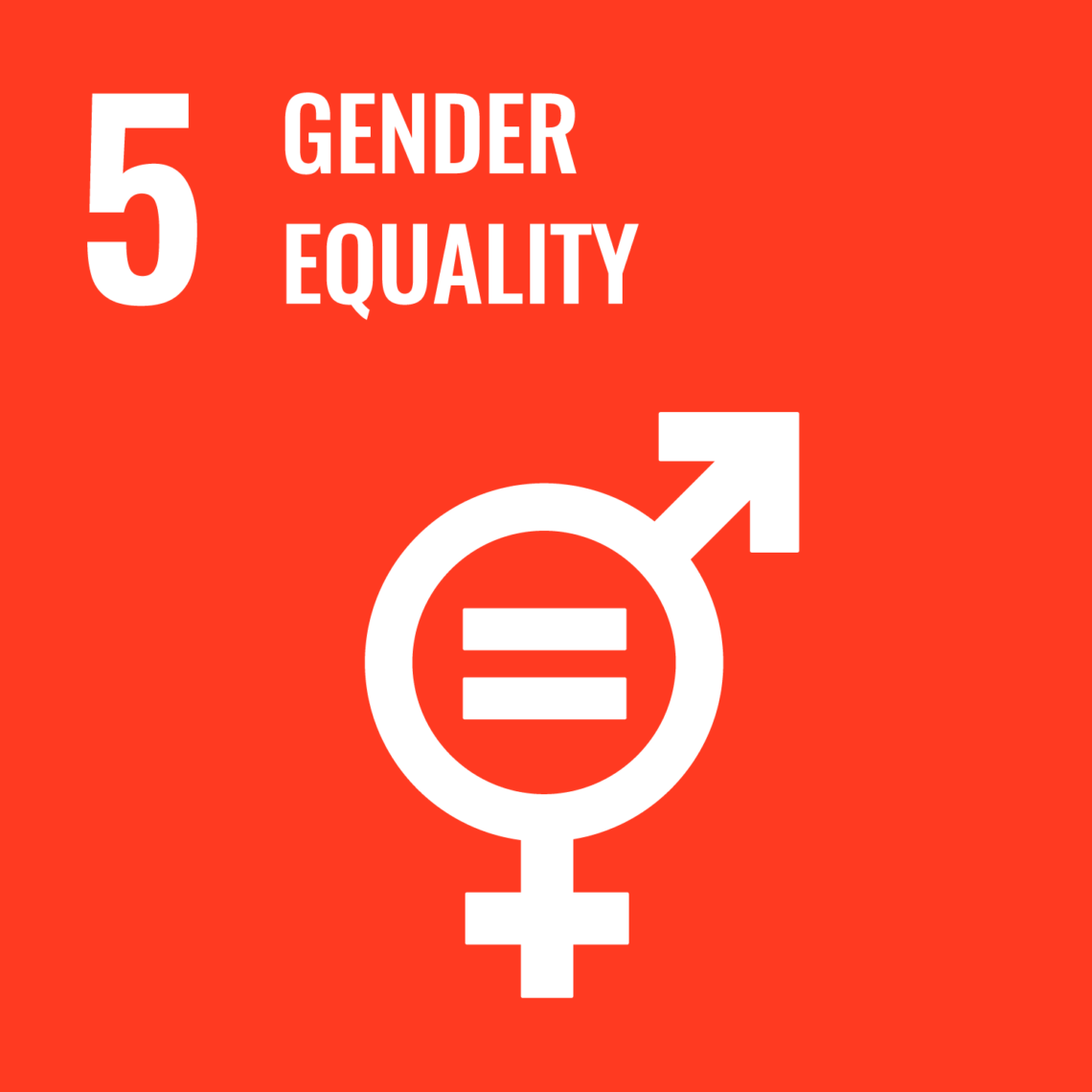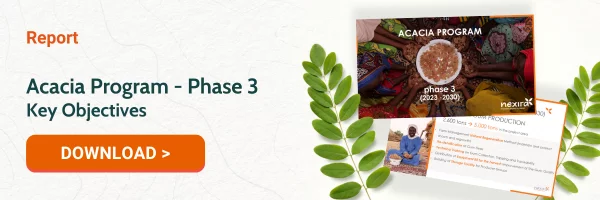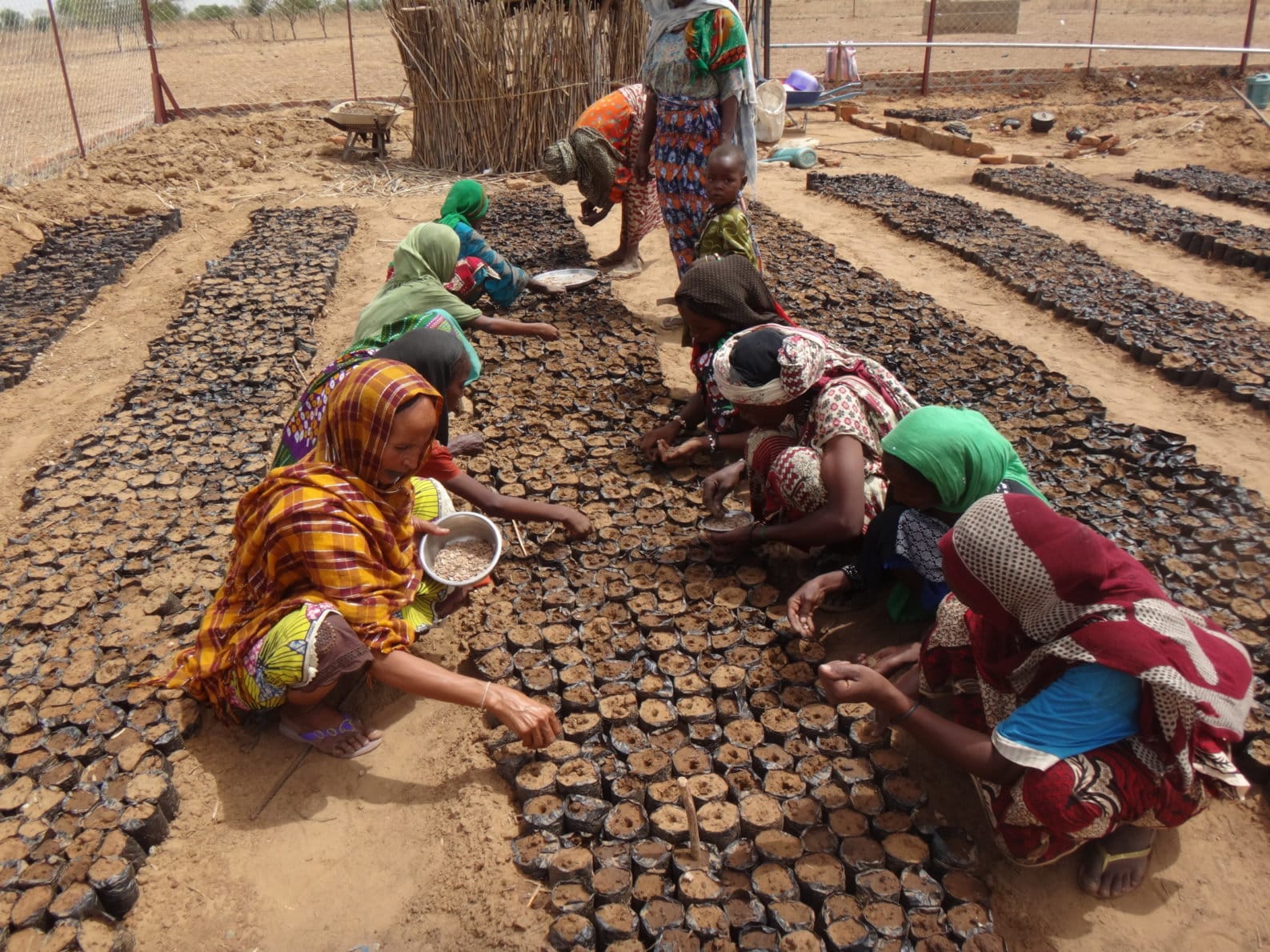
Beyond Sustainability
A Unique Commitment to Sustainable Development
Nexira focuses on the preservation of natural resources, the ecosystem, the origin of raw materials, and support of the local communities.
Since the early 1970s, the Nexira company has been deeply involved in sustainable development at several levels:
- Environmental Protection
- Involvement in the social development of local populations
- Contribution to the economic growth of regions of the world from which our ingredients are derived
Nexira’s sustainable development approach aligns with four United Nations Sustainable Development Goals:
Acacia Program, phases 1 and 2: From Gum Harvesting to Gum Production (2009-2019)
With the support of SOS Sahel, Nexira has been mobilizing for the Acacia Program alongside Firmenich and Danone since 2009. This Acacia Program aims at the protection of the acacia resource, the conservation of gum trees, better organization of the sector, improvement of the life conditions, social promotion for local populations, and improved income for producers.
Since 2009, the Acacia Program has been oriented on several topics: increase the production of acacia gum, reinforce the value chain, women empowerment, sustainable management of local resources.
100
villages
10,900
hectares of reforestation
28,000
producers have benefited from Acacia Program
2,150,000
planted trees
180,000
hectares of responsible forest management
+70%
of acacia gum production
Discover all our actions ⤵️

PREVENTION against deforestation and desertification
The acacia gum harvest comes from picking wild trees. To develop the sector, producers are encouraged to plant acacias, thus participating in reforestation and the fight against desertification on the route of the “Great Green Wall“, Africa’s flagship initiative. More than 2 million trees have been planted over more than 10,000 hectares.
In addition, to limit the consumption of firewood, the Acacia Program has equipped 10,000 households with improved stoves, resulting in a 30% reduction in the use of wood for cooking.

ACTION in favor of fertilization and biodiversity
One of the properties of acacia is that it transforms nitrogen from the air into nitrogen fertilizer. This contributes to the enrichment and fertility of soils, as well as to the increase in fodder biomass for livestock. Its root system acts as a natural barrier by retaining the soil, helping to limit the spread of the Sahelian desert.
Within the framework of the Acacia Program, nine local conventions have been developed and five nurseries have been created for the sustainable management of resources. Nearly 200,000 plants have benefited from Assisted Natural Regeneration, an agroforestry practice that strives to protect and manage natural resources.

SUPPORT economic and social development by diversifying income sources in a fragile ecosystem
Producer groups have been trained in the best techniques for harvesting acacia gum. This increased the quality of acacia gum obtained and increased harvests by 35% . To preserve this acacia gum, nine storage facilities have been built. The income generated by this sustainable initiative directly reinforces the food security of the populations and contributes concretely to the local economic and social development while consolidating a sustainable ecosystem.
In addition, producer groups are invited to welcome more women, and to give them more responsibilities. This makes it possible to support and increase the participation of women in decision-making bodies. 30% of the executive leaders are women. The Acacia Program has contributed to improved access to water with the construction of seventeen water points and has increased opportunity for education by building a school.
Acacia Program, phase 3: From Gum Production to Territorial Development thanks to the Gum economy (2022-2030)
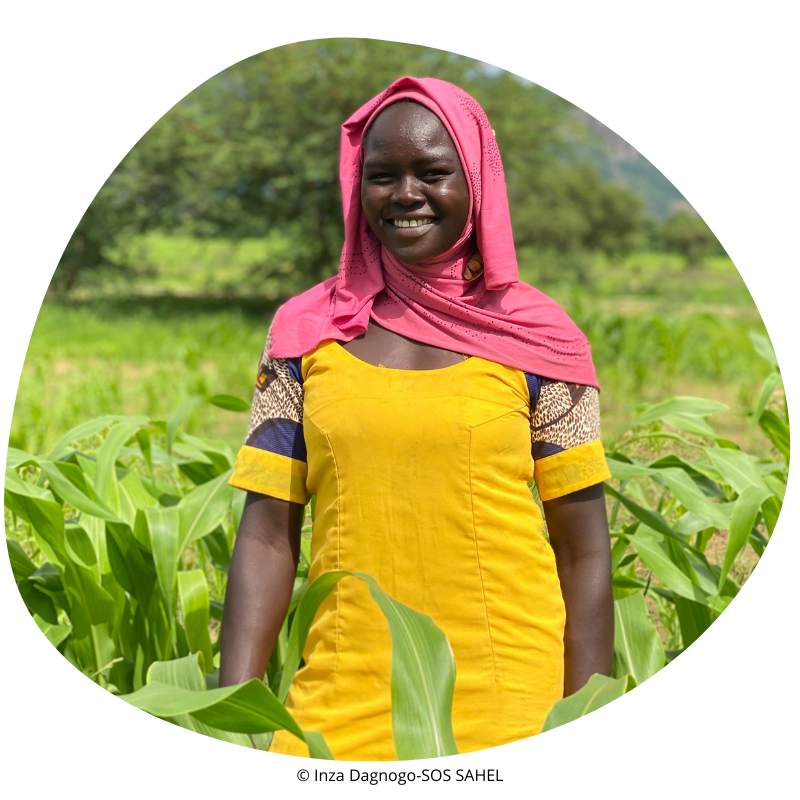
The phase 3 of the Acacia Program is a significant milestone in Nexira’s journey towards a more sustainable future. This initiative complements the phases 1 and 2 of Acacia Program and supports rural communities engaged in gum acacia production. It promotes the acquired knowledge of previous field actions and marks a step in the process strengthening partners of the gum acacia sector in the regions of Chari Baguirmi and Guera (Chad). It focuses on strengthening the gum acacia sector with more producers involved and a greater surface of responsible forest management. The support provided by the program particularly benefits women involved in picking crumbly gum acacia.
Key objectives include:
200
villages
50,000
producers
+300,000
hectares of responsible forest management
20,000
hectares of planted trees
+90%
of increase of acacia gum production, from 2,600 tons to 5,000 tons
Empowering women involved in the sector
Implementing regenerative natural agriculture methods
Developing the gum acacia value chain
Expanding access to financial services for producers
Learn more about the Key Objectives, download our new report:
This phase 3 of the Acacia Program was analyzed using the EX-ACT (Ex-Ante Carbon-balance Tool from the FAO) according to their possible scenarios. The EX-ACT tool is a system for accounting for emissions from land sources, which makes it possible to estimate the evolution of carbon stocks (C) – that is to say CO2 emissions or sinks – as well as GHG emissions per surface unit, expressed in tonnes of CO2 equivalent per hectare and per year.
In the optimistic scenario, the phase 3 of the Acacia Program should provide a carbon footprint of 1.2 million tCO2e of greenhouse gas (GHG) mitigation over 20 years, i.e. more than 60,000 tCO2e of carbon sequestration per year. The analysis of the pessimistic scenario (-25%) on the targeted forest areas, the improved ovens and the rehabilitated surfaces demonstrates good resilience of the program in terms of carbon footprint (48,200 tCO2e reduced per year).
In 2023, Nexira has undertaken an innovative artistic initiative to highlight the Acacia Program. Photographer Nicolas Henry made an incredible series of photos entitled “TREES OF LIFE“. These fascinating photographs were presented for the first time at the PHOTOCLIMAT biennial in Paris on September 2023. Its aim was to give a wider visibility to this fabulous program and to launch officially the third phase of the Acacia Program.

